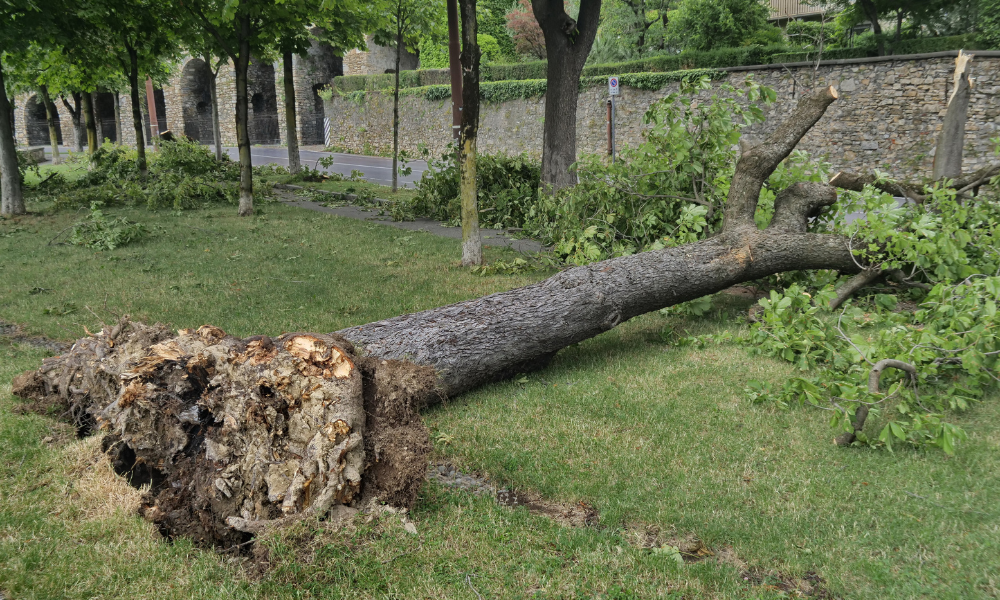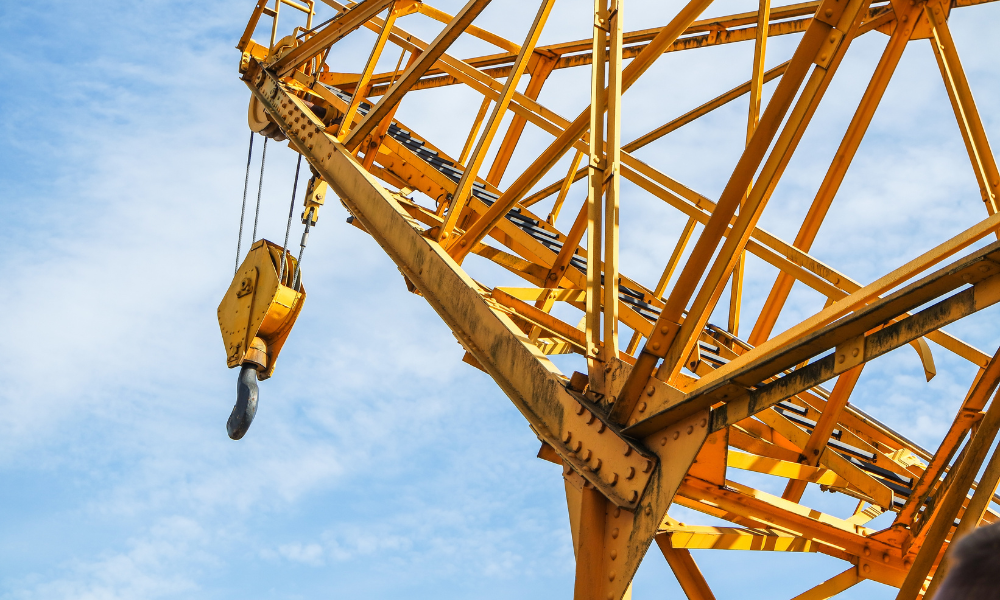Man was cutting trees in a backyard

A man in his 50s has died after being struck by a falling tree branch while working at a private residence in Dorval, in western Montreal.
Emergency responders were called to the scene on Wednesday morning after the man, who was cutting trees in a backyard, was hit by a branch.
Montreal police said the man was knocked unconscious and transported to hospital in critical condition. His death was confirmed in hospital on Wednesday evening.
The Commission des normes, de l’équité, de la santé et de la sécurité du travail (CNESST)—the province’s workplace safety board—has opened an investigation into the incident. The worker’s identity has not been released.
Here are some safety tips around tree cutting from the Canadian Occupational Health and Safety (CCOHS) that employers can share with their workers:
Set-up:
- Make sure you are properly trained on how to use the equipment. Some jurisdictions may have regulations about the type of training required for tree cutting and trimming.
- If an aerial bucket truck or other boomed vehicle is used, the operators must be trained in the safe operation of these vehicles.
- Before trimming a tree, inspect the area to identify possible hazards (e.g., presence of power lines, broken or cracked limbs after a severe storm) and take appropriate actions to prevent injuries or incidents.
- Assume any power lines are energised or "live". Avoid any direct or indirect contact with the power line until the utility or hydro company has verified that the line has been de-energised. (More information on working near power lines is below.)
- Mark off the area around the tree and prevent bystander access. Always work with another person who stays on the ground.
- Learn to recognise trees weakened by disease and types of trees prone to cracking.
- Inspect tree limbs for strength before climbing. Check for cavities in the tree, rotten or dead branches, splits and cracks in the trunk or where branches are attached, broken branches hanging in the tree, etc.
- Inspect the fall protection equipment and lines before each use. Tag and remove any damaged or defective equipment from service until it can be repaired or replaced and disposed of properly, according to the manufacturer's recommendations.
- If a ladder is used, tie it off on a secure branch.
Operation:
- Break small dead branches off by hand as you climb. Remove larger branches with proper tools.
- Place hands and feet on separate limbs and move only one hand or foot at a time.
- Raise or lower tools by attaching hand lines to the end of tools. Tools attached at the centre might catch on branches. Smaller tools may be raised and lowered in a bucket attached to a hand line.
- Use non-conductive tools and personal protective equipment if working near electrical power lines.
- Be sure that you can see the cut you are making so you do not cut hand lines, safety ropes, etc. unintentionally.
- Attach a fibre or leather guard on saws that are held by a ring on the worker's belt.
- The series of OSH Answers on chain saws contains safety information about their proper use and operation.




